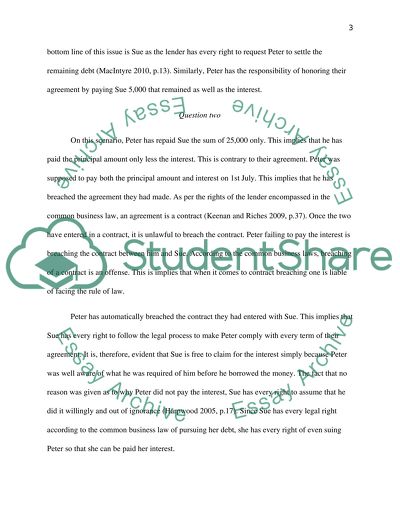Cite this document
(“Case Study Analysis Example | Topics and Well Written Essays - 1500 words - 3”, n.d.)
Case Study Analysis Example | Topics and Well Written Essays - 1500 words - 3. Retrieved from https://studentshare.org/law/1695453-case-study-analysis
Case Study Analysis Example | Topics and Well Written Essays - 1500 words - 3. Retrieved from https://studentshare.org/law/1695453-case-study-analysis
(Case Study Analysis Example | Topics and Well Written Essays - 1500 Words - 3)
Case Study Analysis Example | Topics and Well Written Essays - 1500 Words - 3. https://studentshare.org/law/1695453-case-study-analysis.
Case Study Analysis Example | Topics and Well Written Essays - 1500 Words - 3. https://studentshare.org/law/1695453-case-study-analysis.
“Case Study Analysis Example | Topics and Well Written Essays - 1500 Words - 3”, n.d. https://studentshare.org/law/1695453-case-study-analysis.


